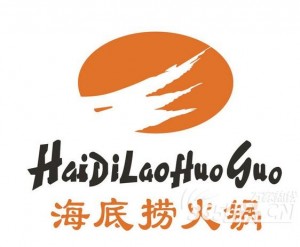In response to the question: “If the United Nations was fully funded why would we need the Arc or social enterprise?”
While I am doing research about social entrepreneurs, a woman named Pam Lawhorne’s blog Don’t Just Teach Attraction Marketing… I Built My Business With It! caught my eyes. Apart from being the owner of Empower U, she is also an online business mentor that gives advices on marketing strategies for online companies to earn profit. Although she literally went broke and was indebted in 2006, she soon recovered from this strike and decided to share her experience by providing online suggestion to those new start-ups. Therefore, ambitious and resourceful entrepreneurs can make contribution to the society while fully deploy their talents and ideas.
When I participated in the model UN three years before, I gained some knowledge about how UN actually works. Ranging from human right to world health, issues around the world and corresponding solutions were proposed and selected by the committee, which are formed by us in this case. In spite of its endeavor, the issues we discussed were very broad because it involved the whole world. That is also why we need other social enterprises or organizations (like Arc) to handle more detailed issues.
To sum up, social entrepreneurship is not just about money, it is about ideas that are ample enough to meet people’s needs and solve their issues. No matter how well funded the UN is, the united effort of UN and the social enterprises is definitely stronger than UN working alone, because there will more ideas coming up and more smart people working in different areas to help people with different needs.
References:
Pam LawhorneI (2014) Don’t Just Teach Attraction Marketing… I Built My Business With It! [online]. Available at: http://pamlawhorne.com/ [Accessed 09 November 2014]
















